After reading this article, you will have a complete overview of how aeronautical information products are structured. What is more, you will ably scroll through all the informations you may need when planning a flight, being more aware of the places where you need to search for some pre-flight informations.

Integrated Aeronautical Information Package
Hi there. Usually during our flight theory courses we are taught obvious stuff, which we can easily read in most of the related books, but nobody properly explains us the truly practical things, e.g. what do we need aeronautical information products for, and how to properly use them. It took me some time to deeply understand the Aeronautical Information structure, so I know exactly where to search for particular informations, when planning my flight. Whether you fly 747 in JFK, or Cessna 152 in your local aeroclub it’s your responsibility to check AIP with all the amendments and supplements, AIC, NOTAMs and all this messy stuff. This different forms of informing pilots came out of necessity.
Some of the informations are static (like runway directions, frequencies, holding point coordinates) and some of them are dynamic (temporary runway closures, volcano activity, high obstacles erected). Some informations might announce some regulations’ permanent changes, some must be inserted into Flight Management systems in advance. That’s why they are grouped into all this different names. All of them gathered together are named IAIP (Integrated Aeronautical Information Package). So IAIP stands for:
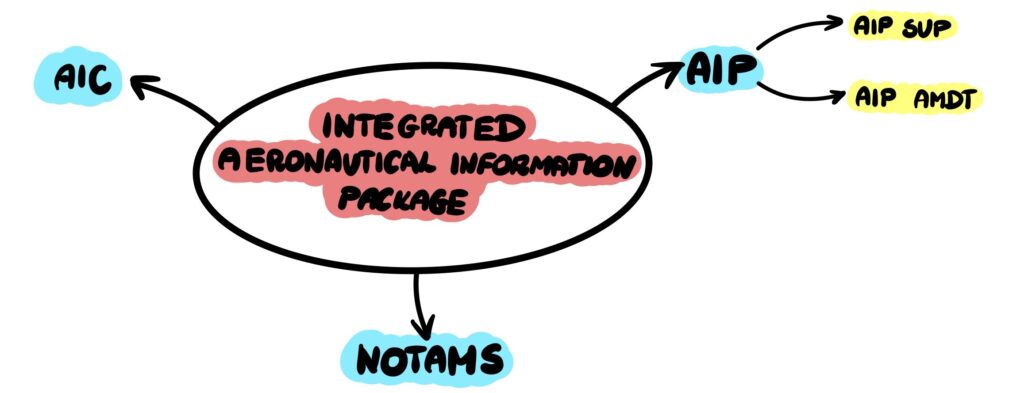
Let’s start from scratch…
AIP (Aeronautical Information Publication)
AIP is nothing more than a little „book”, published by each country to easily present useful aviation guidance. That can be airports data, airways, all the valid procedures, etc. What is important, the data AIP contains is a static data. We don’t want there any information about temporary runway closures due to maintenance, birds activity, gliders championships in the vicinity of the airport.
But what we can check in AIP is e.g. taxiway map, runway length, available fuel types to tank your aircraft and many many other things. Every country’s AIP has a standardized form, so it is more intuitive for international pilots to find the data they are interested in. These 3 parts are:
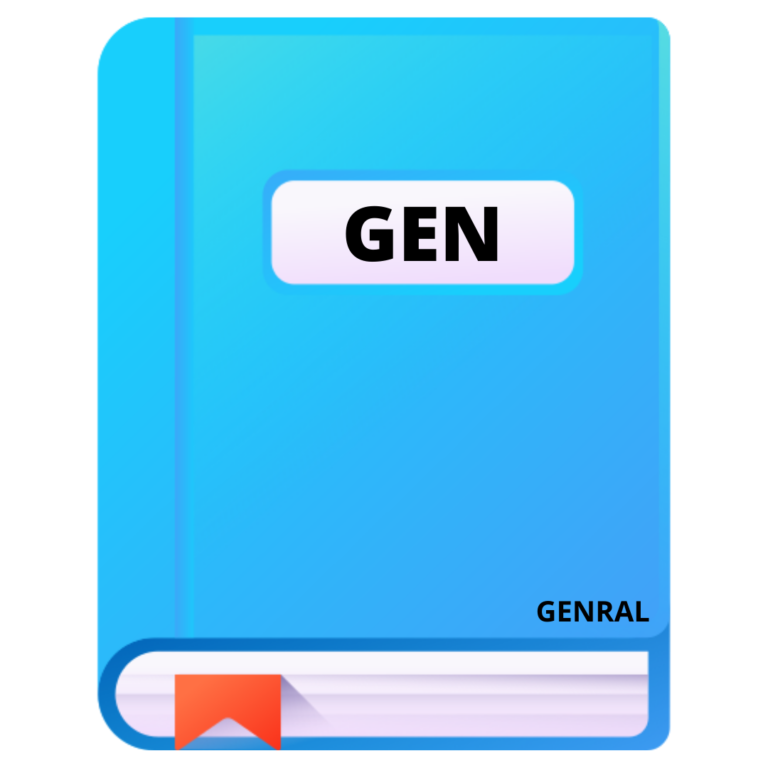

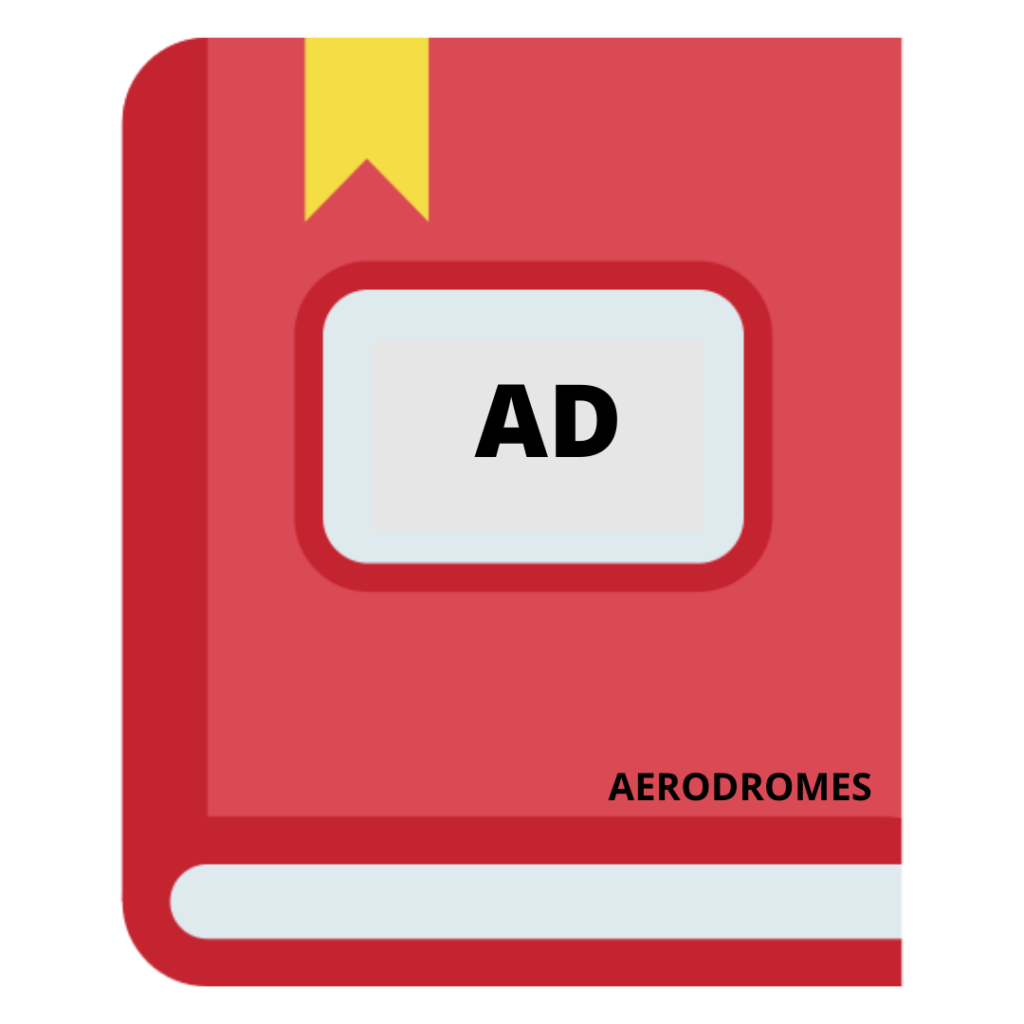
GEN (General) – stands for general information, which is quite obvious. But to be more specific it’s good to back it with some examples. In GEN we can find stuff like:
• Each country’s aviation authorities and how to contact them
• Conditions, under which commercial flights might take place in the national airspace,
• Fees for airports operations.
Etc.
Also as you probably know, ICAO doesn’t provide any country with specific law or regulations. It just gives its members “Standard and Recommended Practices (SARPs)” which are just recommendations, so that all the countries have quite standardized rules, procedures, regulations, and so on…
But besides all the ICAO’s recommendations, each country has its own national aviation law. I am writing about this issue here, because all the things that actually differ this national law from ICAO’s SARPs are written in GEN AIP.
So it’s kind of reasonable to quickly scroll through some of the informations that AIP GEN contains, to have a better overview of the principles that govern particular national airspace. But I wouldn’t call this part insanely useful.
ENR (En route) – you might need this one more, because it gives you an overview of national airspace zones, areas and where they are, (coordinates, dimensions, proper ATC frequencies to contact in each of them, etc.)
Overall, ENR includes all the informations about stuff between the airports you are operating on. So you won’t find there any airport’s data, but you will find e.g. airport’s CTR coordinates, because you don’t want to cross it on your route.
These are some questions I asked myself 100 times before I just easily found the answear in ENR…
• What threats to expect in each TRA, and who should you contact if you want to fly into it?
• What your clearance limit is which means to which point an aircraft is granted an air traffic control clearance if you are given one in IFR plan?
• What RNAV routes are there?
• When flying in uncontrolled airspace, where do I cross radio mandatory zones?
• What are the altimeter setting procedures?
• What are the frequencies of en-route navigation aids I need?
AD (stands for Aerodromes) to me is the most useful part of AIP. I think there is no need to mention that when you’re landing on a certain airport, you have to figure out e.g the runway directions, ILS approach procedures, taxiways, VFR arrival and departure routes, radio communication failure procedures.
Moreover, there are lots of another useful information that you may need. Recently I was departing from an aerodrome which is located close to the large international airport, within its CTR. I had to ask myself questions like: should I ask permission to start the engine and taxi via taxiways that I was cleared by ATC, or should I just taxi to the runway holding position, say hello and then ask for the flight ATC clearance? All the informations I needed to figure this out I found in the AD part of my national AIP. When you view your AIP, click on AD and all the national airports should be listed below. Just click on the ICAO code of the airport you want to know more about, and all the maps, charts, text documents will be there.
After all I think it’s good to mention that AIP is not the primary source of Aeronautical Information. All the data you see in it is somehow redistributed, so it means you can find it in some other, primary sources, like e.g. some applicable law sources, measurement reports, protocols etc.

AIP SUP (Supplements)
All the informations, that AIP contains is a static information, as I explained before. But live is live. Everything can change. Maybe there is an apron renovation, or ILC LOC height was temporarily changed. This things usually last couple of months, but they’re not gonna last forever. As the ICAO Annex 15 states that “a NOTAM shall be originated and issued promptly whenever the information to be distributed is of a temporary nature and of short duration” (6.3.2.2) whereas “temporary changes of long duration (three months or longer) … shall be published as AIP Supplements” (6.3.1.3). So that’s what AIP SUP are for. They just tell you the changes that were made to AIP. They are too long for NOTAMs, and too short to be stated as „permanent”. What is crucial to understand what AIP SUP are for, is that the changes announced by them are temporary. So coming back to the example mentioned in the beginning of the paragraph – if the apron is being renovated (it takes longer than 3 months) it is announced in AIP SUP. When the apron is finally renovated it has new dimensions, stand’s numbers, etc. – that’s a permanent issue which can be found not in SUP, but AMDT…
AIP AMDT (Amendments)
As I dove into AIP changes in last paragraph, you already know what AIP amendments are for. The other point of view is: When you’re flying to the same airport 1000 times, you don’t really check AIP every single time, because you already know all the things written there. So how do you get to know if any (even minor) changes were made in its AIP? That’s the place where AIP amendments do the thing. They keep the airspace users posted about all the permanent changes made in it, so you can easily be notified.
So the thing is that SUPs and AMDTs basically do the same thing. The only thing that differs them from each other is that SUPs refer to temporary changes, AMDTs to the permanent ones.
AIC (Aeronautical Information Circular)
The easiest way I find to explain what AIC is, is comparing it with a bulletin board where all the explanatory or advisory informations are. They usually don’t refer to changing any specific aerodromes, en-route data or notes, but they’re made to contain explanatory or advisory information concerning technical, legislative or administrative matters, as well as information on the long-term forecast of major changes in it. So AIC is (as SUPs and AMDTs) a kind of “announcement” but the informations that it contains usually don’t refer to changing any specific AIP data. That’s why they have another category.
As I’ve just flicked through my national AIC I saw things like:
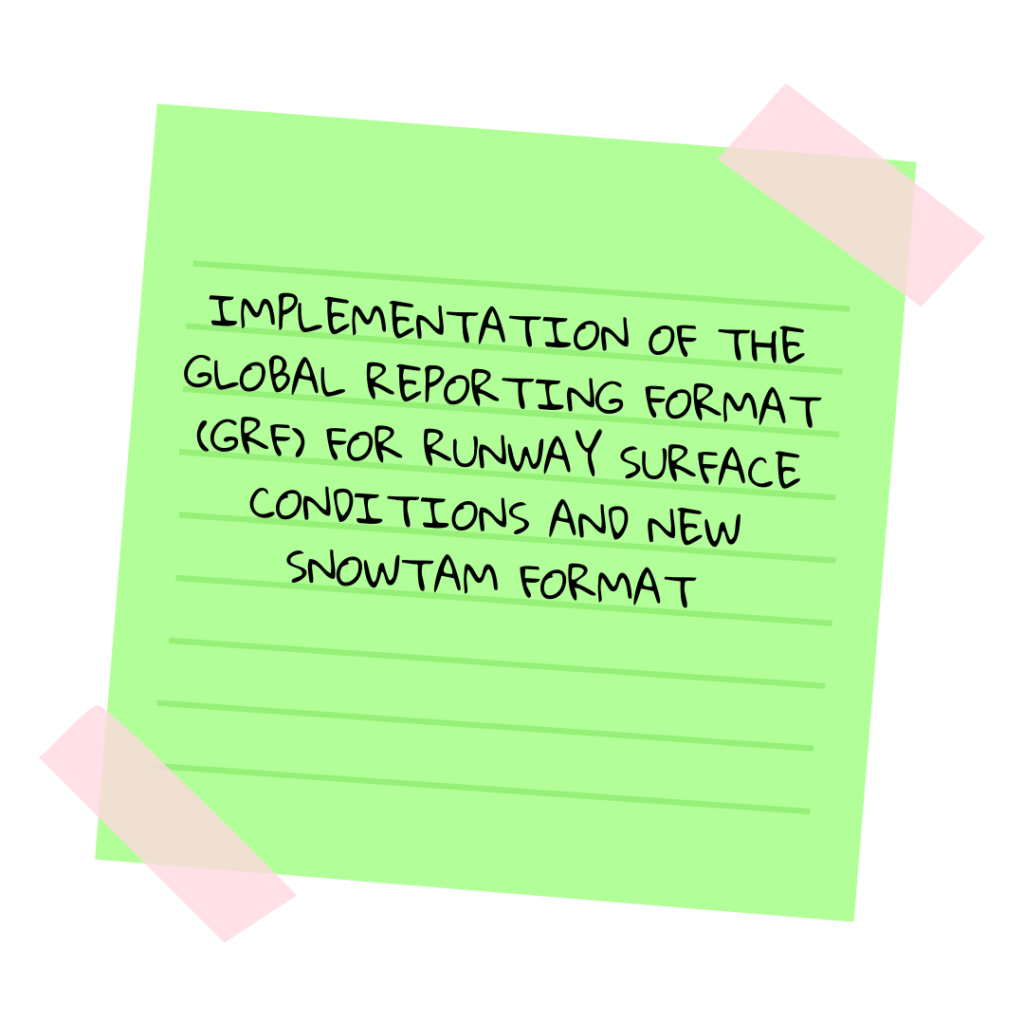
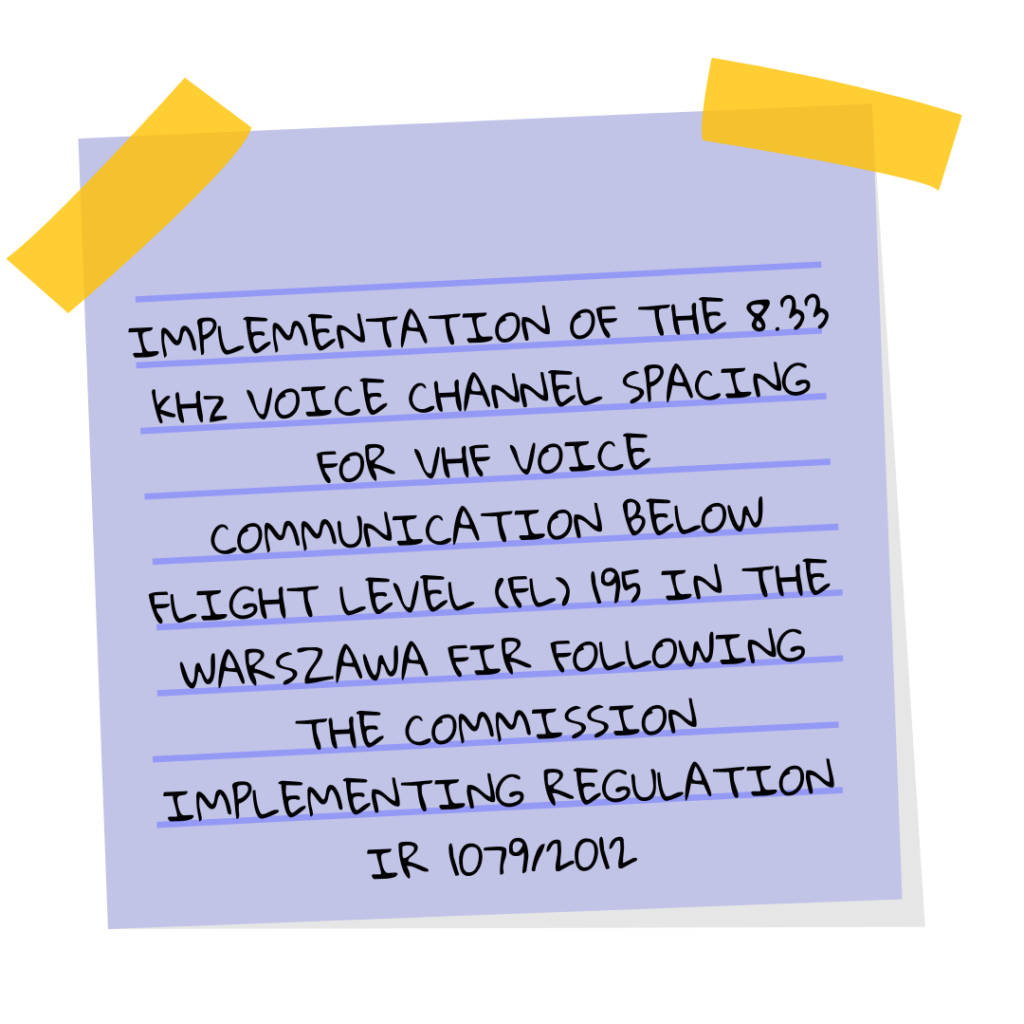
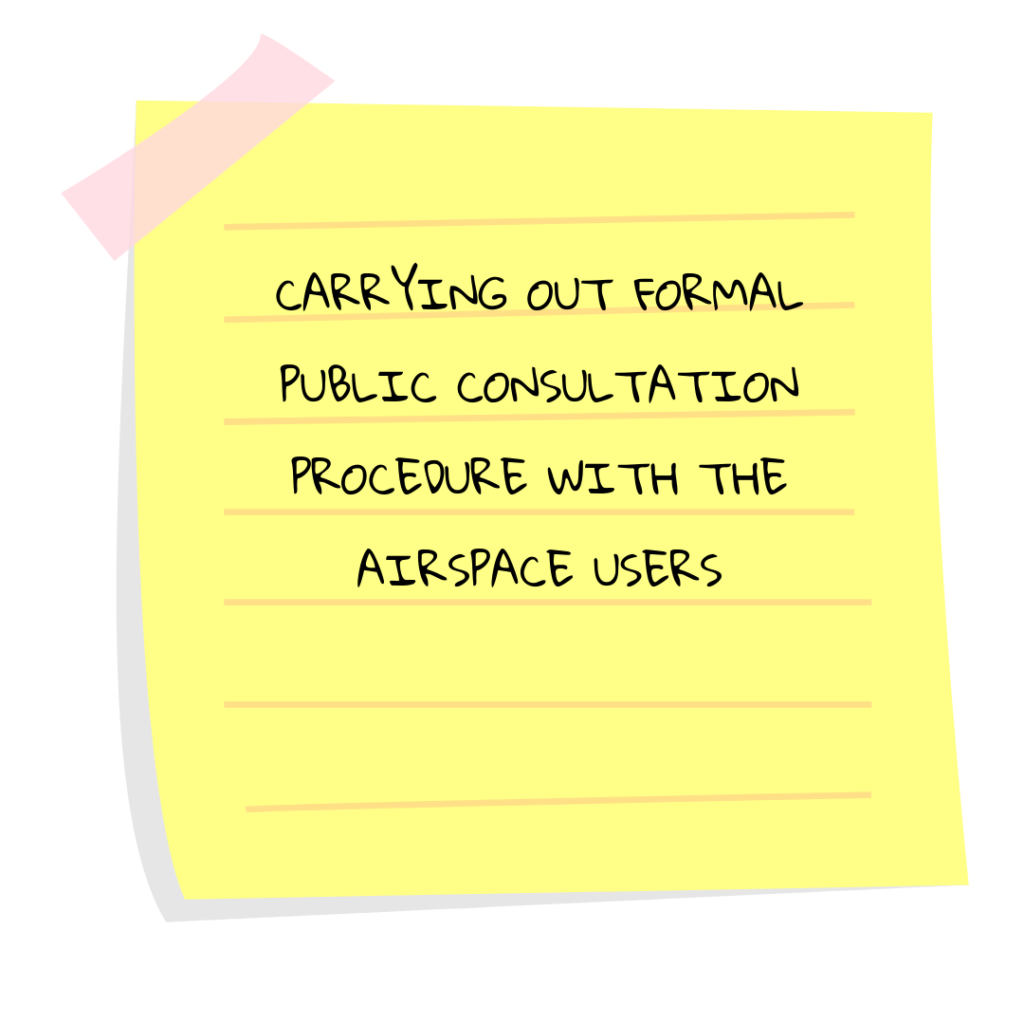
NOTAMs (NOtices To AirMan)
What are NOTAMs? NOTAMs are just a bunch of garbage (NTSB Chairman Robert Sumwalt once said). I am not an expert in any of aviation sectors but as I dove deep into understanding the issue I totally agree with this statement. I tried to gather most of the reliable stuff on the internet that is written about this issues. I also got a closer look at what regulations say about it, and that’s how my first article on this blog was published. If you are interested, check it out here. But, let’s try to figure out what NOTAMs are, as for the purpose of this article.
NOTAMs are a form of instantly informing aviation personnel about things like temporary malfunction od the runway threshold lights, or runway closure due to a fuel contamination, or any other stuff that could affect aviation personel’s operations in the short term. They may refer to some longer issues as well, as e.g. cranes erections. The main thing that makes NOTAMs different from all the different forms mentioned above is the duration, where As I mentioned above if some of the restrictions apply for longer than three months, they should be issued as AIP supplements. So the short-term character of NOTAMs makes it more demanding for pilots, as they have to get familiar with all the NOTAMs before each flight every single time.
IAIP worldwide
Of course you may want to check some foreign IAIPs too and you can view them being registered in European AIS (Aeronautical Information Services) Database (EAD). EAD displays all the AIPs and NOTAMs of ECAC (European Civil Aviation Conference) members. ECAC includes all 27 European Union countries, 31 of the 32 EASA member states and all 41 Eurocontrol countries. Countries that belong only to ECAC are Azerbaijan, Iceland and San Marino.
Quick Summary
I think I’ve gone through all the IAIP parts, so that you have a general overview of it and now know where to search for any aeronautical information you need.
When it comes to keeping airspace users posted about aeronautical information changes we got a bunch of other things to discuss, like AIRAC cycles, Trigger NOTAM, NOTAM checklist… but I will get a closer look at them in another article.


